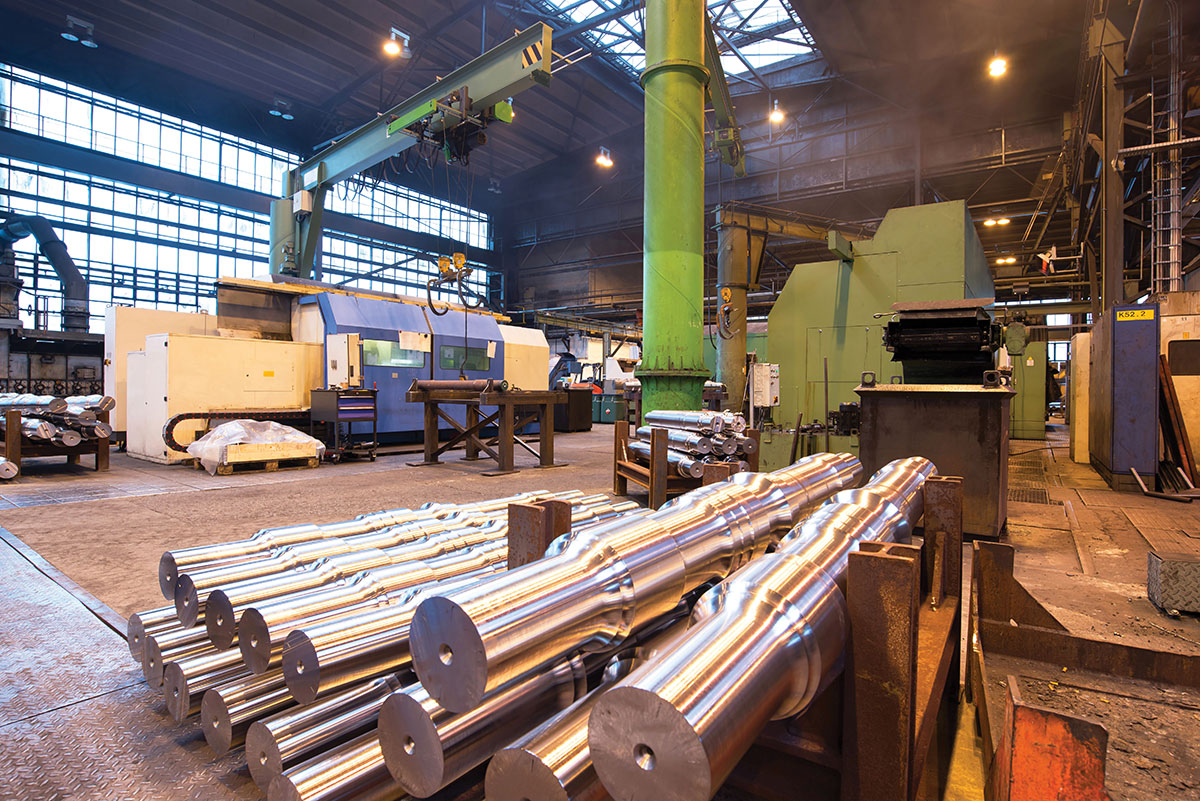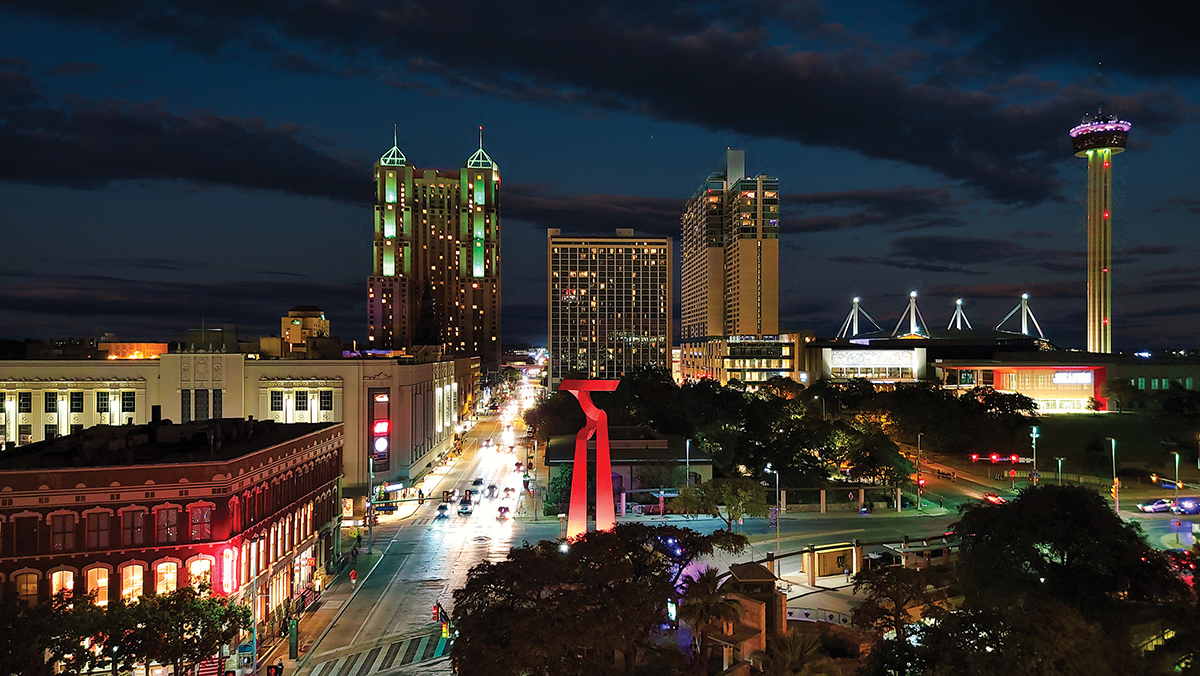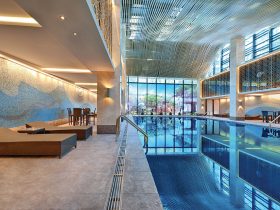The National Electrical Safety Code (NESC) is now on a five- year revision cycle. The 2002 edition will be published on August 1, 2001, and “shall become effective no later than 180 days following its publication date” (Rule 016). There are a lot of changes. Over the next few IAEI News issues, I will try to share with you what I see as the significant changes.
Section 2 (Definitions)
Changes in Section 2, “Definitions of Special Terms,” have a far-reaching effect on all aspects of the code.
De-energized.The definition of de-energized has been changed to “Disconnected from all sources of electrical supply by open switches, disconnectors, jumpers, taps, or other means.” This is very different from the old definition which required grounding to eliminate electric charge in that de-energized was defined as “Free from any electrical connection to a source of potential difference and from electric charge.” All those places in the code that previously used the term de-energized, now use the phrase “de-energized and grounded.” It should be noted that the old definition of de-energized described something that was completely electrically safe. The replacement phrase is not exactly the same. The degree of safety is a function of the quality of the ground. To be exactly the same, the phrase should be, “de-energized and effectively grounded.”
Communication lines.The old definition of communication lines limited the transmitted power of the line to 150 watt. In the new definition, if the operating voltage is “not more than 90 volts ac or 150 volts dc, no limit is placed on the transmitted power of the system.”
Qualified.The old definition of qualified was “Having adequate knowledge….” The new definition is “Having been trained in and demonstrated adequate knowledge… including identification of and exposure to electric supply and communication lines and equipment in or near the workplace.” The qualified person must now demonstrate that they have acquired the knowledge and be aware of the hazards associated with all the other lines and equipment in the vicinity, not just the lines and equipment on which they are working.
Readily climbable supporting structure.The definition now states that a supporting structure is readily climbable if a normal person can climb it without “extraordinary physical effort.” The definition also goes on to describe an example of a supporting structure not readily climbable, “A supporting structure with a space of 8 feet or more between handholds and footholds starting not more than 6 feet above grade…” There are also two notes added to the definition to clarify that diagonal braces on towers are not considered to be handholds or footholds.
Vault.The definition now requires a vault to be “A structurally solid enclosure including all sides, top, and bottom….” Under the old definition, a supply station enclosed with a structurally solid fence (sides only) could be considered a vault.
Additions to the definitions section. The following terms have been added to Section 2: fiber-reinforced composite structure and components, multi-grounded/multiple grounded system, neutral conductor, service point, shield wire/conductor (also referred to as a static wire or ground wire), single grounded system/uni-grounded system, ungrounded system, and uni-grounded system.
Section 9 (Grounding Methods)
In Rule 93, “metallic electrical equipment cases” may now serve as part of a grounding conductor to an acceptable grounding electrode.
In Rule 97A, grounding conductors associated with shield wires of power circuits shall now be run separately from grounding conductors associated with surge arresters of circuits over 750 volt, lighting and power circuits under 750 volts, and lightning rods.
In Rule 97D1 for ungrounded or single-grounded systems, the primary or secondary grounding conductor must now be insulated for 600 volts.
New Rule 97G covers common grounding conductors and bonding of electric supply and communication system grounding conductors on joint use structures.
Part 1 (Electric Supply Stations)
Rule 110B2 has been greatly expanded by the addition of three exceptions to allow permanent and temporary storage of construction and maintenance materials at a supply station site under specific conditions. The old rule did not allow storage except for “minor parts essential to the maintenance of the installed equipment.”
Rule 127A2 (old 127A3) which deals with ventilation of coal-handling areas has been changed to better define what is considered adequate ventilation.
Part 2 (Overhead Electric Supply and Communication Lines)
Rule 217A2 covers safety requirements for readily climbable supporting structures. The old exception to the rule stated, “This rule does not apply where the right-of-way is fenced.” A split rail fence could meet this requirement. The revised exception states that “This rule does not apply where access to the supporting structure is limited by a fence meeting the height requirements of Rule 110A1″ (7 foot).
Rule 231B covers placement of supporting structures relative to roadway curbs. This rule has been changed to specify 6-inch clearance from redirectional curbs. For paved or concrete swell-type curbs, the structure shall be located behind the curb.
Rule 232B4 has been changed to cover the vertical clearance above ground, roadway, rail, or water surface of street and area lighting luminaires mounted on supporting structures. “Grounded luminair cases and brackets shall be considered as effectively grounded equipment cases” in Table 232-2.
I will continue with the Part 2 revisions in the next issue. If you have any general questions about the NESC, please call me at 302-454-4910 or contact me via e-mail me atdave.young@conectiv.com.
National Electrical Safety Code and NESC are registered trademarks of the Institute of Electrical and Electronic Engineers (IEEE).














Find Us on Socials